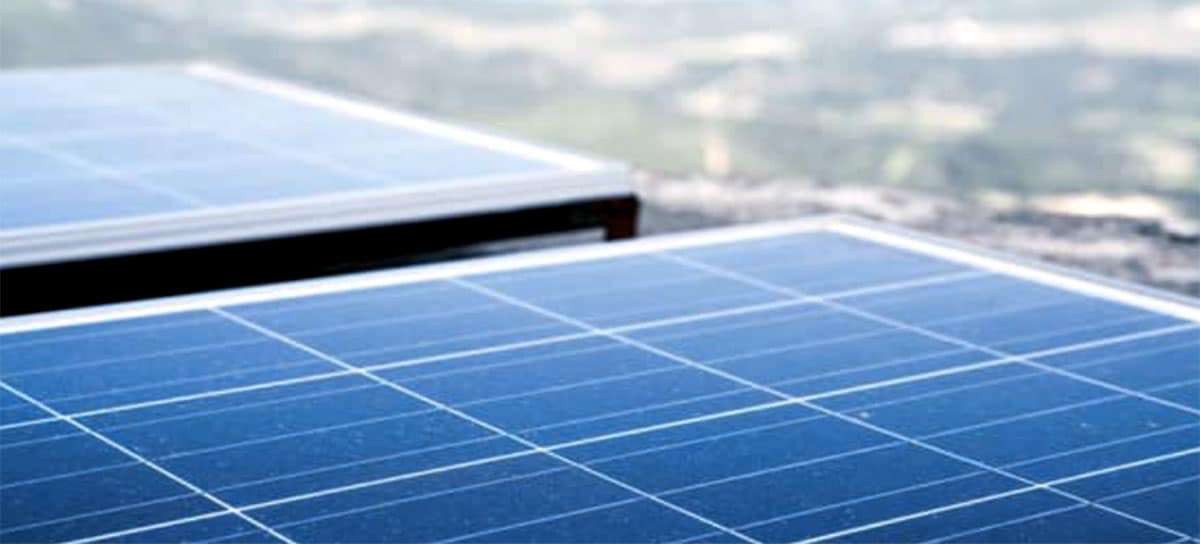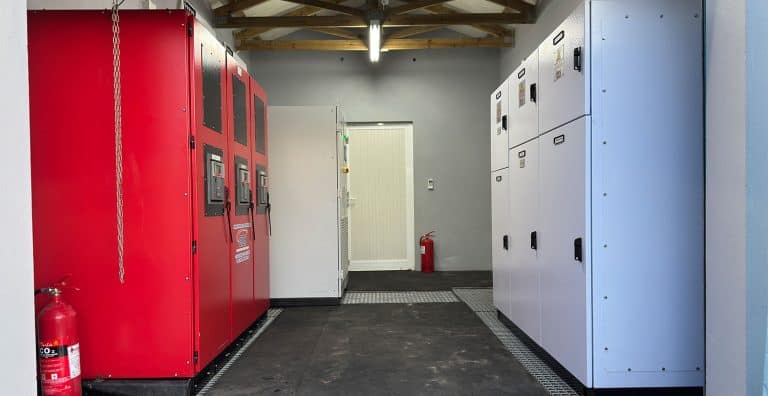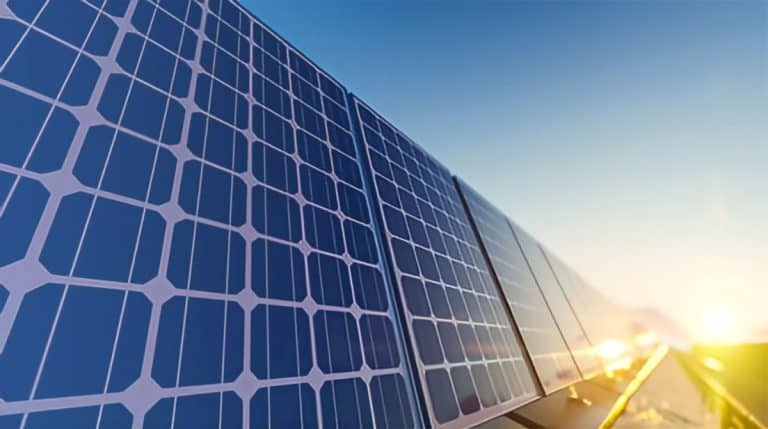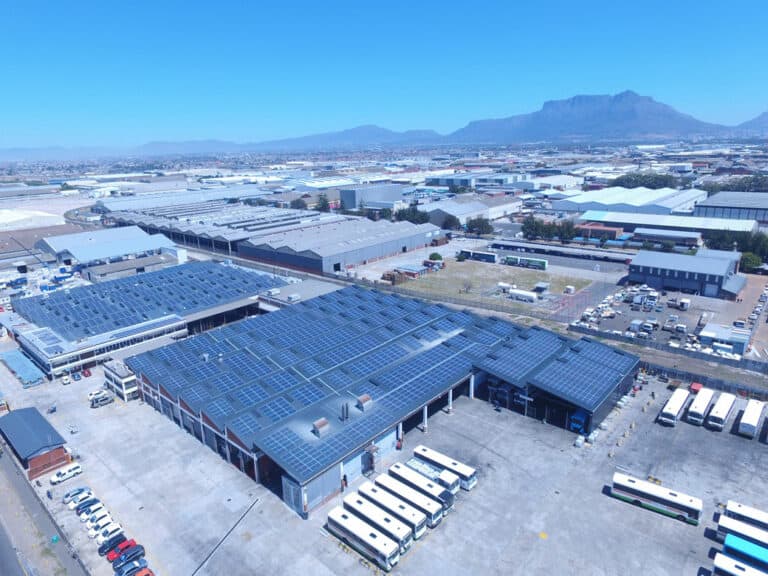Bifacial solar panels are designed to allow light to enter from both sides and they therefore offer many advantages over traditional solar panels. This means that power is produced from both sides allowing an increase in power generated. A second glass pane on the rear side of the module ensures that indirect light reflecting from the sun rays are captured from the rear of the solar cells. Thus, the module achieves a higher efficiency.
The panels are made with a transparent back sheet or dual tempered glass. They are either framed or frameless, and are usually made from monocrystalline cells, but polycrystalline can be used as well.
Advantages of Bifacial Solar Panels:
Bifacial solar panels offer some unique advantages over traditional solar panels:
- Higher solar panel efficiency
- Better performance
- Extended durability
- Ideal for systems where light is reflected off the ground
- Synergy between rear-facing exposure and improved ventilation
- Aesthetic interest
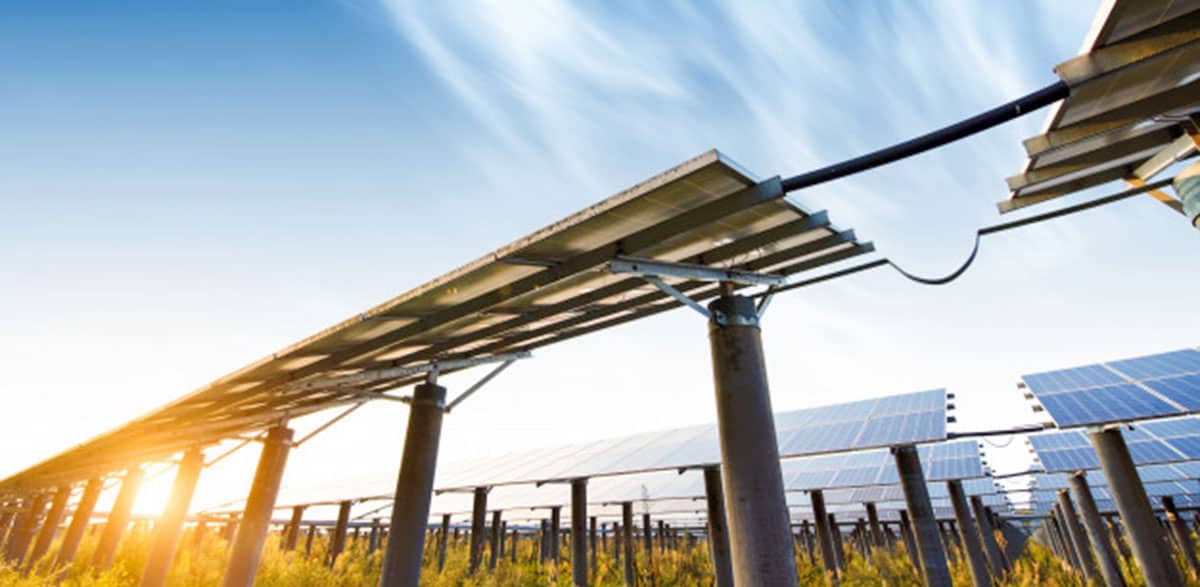
What is the main purpose of bifacial
The main aim of bifacial technology is not to increase the efficiency of the solar module or panel but rather to capture more solar energy per module. Research has shown that gains of up to 30% can be achieved, depending on the reflectivity off the ground surface, height above ground, and tilt angle, amongst others. The radiation received by the module consists of several components:
- Direct radiation from the sun.
- Indirect diffuse radiation caused by air particles, clouds and others.
- Reflected radiation from surfaces close to the solar module.
In the long run, compared with traditional single-sided solar panels, fewer bifacial solar panel will need to be installed, more power can be produced while lasting much longer than traditional solar panels. This provides the lowest levelised cost of energy and higher return on investment.
How are Bifacial Solar Panels Installed?
Traditional solar panels are installed in much the same way as bifacial solar panels, While they can be placed on any surface, including standard pitched roofs, the mounting system should be designed to cast as little shadow at the back of the modules as possible. It should also ideally be approved for bifacial modules.


